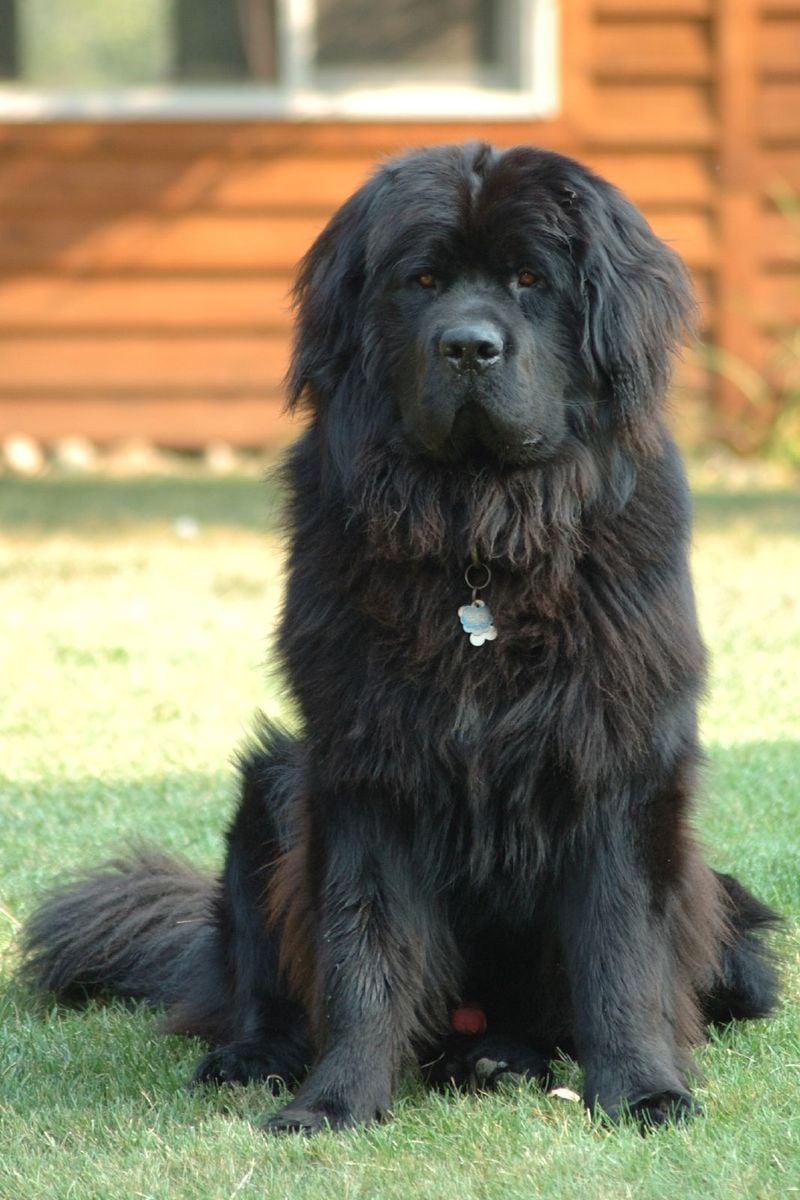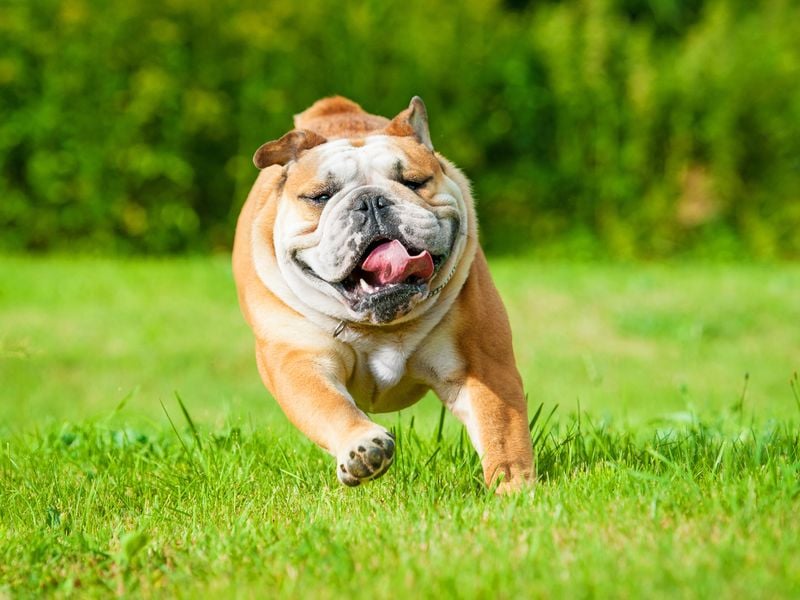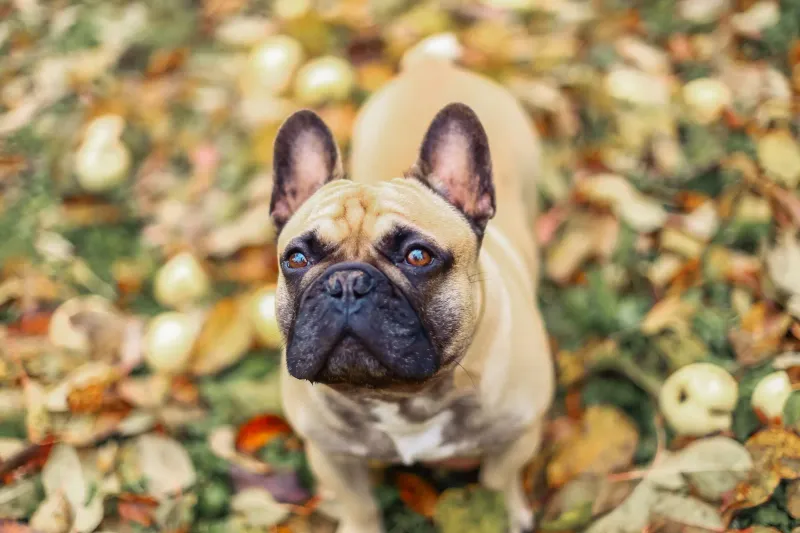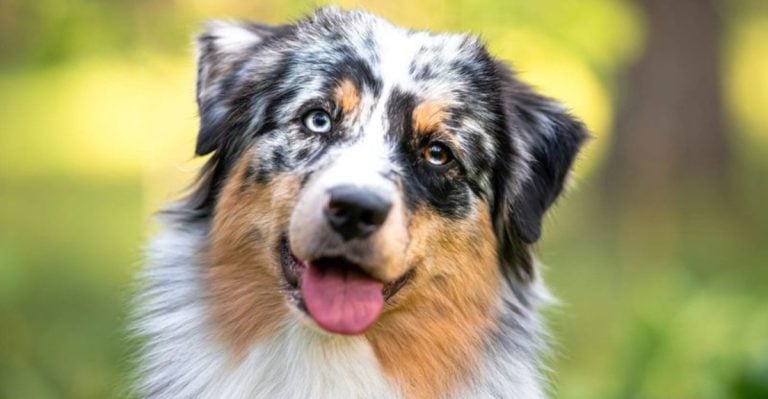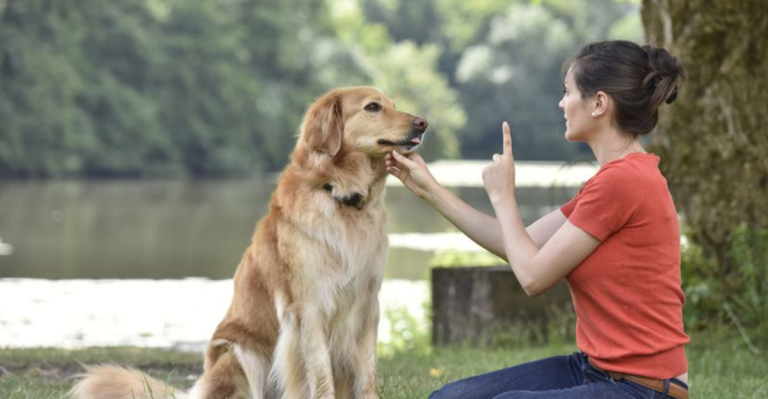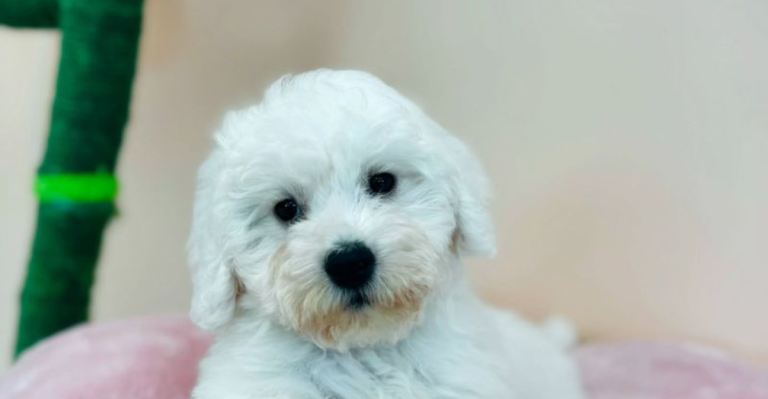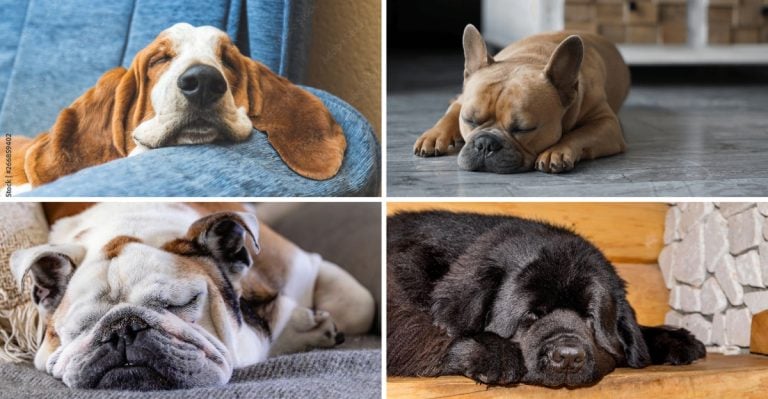These 20 Adorable Dogs Have Surprisingly Short Lifespans
Dogs bring immense joy to our lives, but sadly, not all our furry friends stay with us as long as we’d hope. While most dogs live between 10-13 years, certain breeds have significantly shorter lifespans due to their size, genetics, or breed-specific health issues.
Understanding these breeds’ typical lifespans helps potential dog owners prepare emotionally and financially for their time together. Despite their brief lives, these 20 adorable dogs pack a lifetime of love into their shorter years.
1. Great Dane: Gentle Giants with Brief Lives
Standing majestically at up to 32 inches tall, Great Danes are often called ‘Apollo of Dogs’ for their regal appearance. Unfortunately, these gentle giants typically live just 7-10 years, with heart disease being a common concern.
Their massive size contributes to their shortened lifespan, as larger dogs generally live less time than smaller breeds. Great Danes grow quickly, which can lead to joint problems and other health issues.
Despite their brief lives, they’re known for their patient, friendly temperaments. They form deep bonds with their families and are surprisingly good apartment dogs despite their size, preferring to lounge on couches rather than demand constant exercise.
2. Irish Wolfhound: Ancient Heroes with Fleeting Time
Once fierce wolf hunters in medieval Ireland, Irish Wolfhounds now live peaceful lives as family companions. Their average lifespan hovers around 6-8 years, making them one of the shortest-lived dog breeds.
Reaching heights of 32 inches and weighing up to 120 pounds, these historic sighthounds face health challenges including heart disease, bone cancer, and bloat. Their rapid growth from puppy to adult puts strain on their bodies.
Irish Wolfhounds possess a sweet, patient nature that belies their imposing size. They’re known for their calm demeanor and special affinity for children, often becoming protective guardians while maintaining their inherent gentleness.
3. Bernese Mountain Dog: Swiss Beauties with Brief Chapters
Recognizable by their striking tri-color coats, Bernese Mountain Dogs bring farmhand strength and family-dog sweetness in one package. Sadly, these Swiss beauties typically live just 7-9 years, with cancer being particularly prevalent in the breed.
Originally bred as working dogs in the Swiss Alps, ‘Berners’ have powerful bodies built for hauling carts and herding cattle. Their thick double coats helped them withstand harsh mountain winters but contribute to overheating in warm climates.
Family devotion defines these dogs—they’re known for following their people from room to room and forming especially strong bonds with children. Their expressive eyes seem to reflect genuine empathy, making their short lives feel even more poignant.
4. Neapolitan Mastiff: Ancient Guardians with Compressed Timelines
With their distinctive wrinkled faces and massive bodies, Neapolitan Mastiffs look like they’ve stepped out of ancient Rome—which isn’t far from the truth. These historic guardians typically live only 7-9 years, their imposing bodies prone to joint issues and heart problems.
Weighing up to 150 pounds, ‘Neos’ feature loose, drooping skin that once protected them in battle by allowing them to twist away from an opponent’s grip. Their intimidating appearance hides a surprisingly sensitive soul that forms deep attachments to family members.
Despite their imposing size, they’re relatively low-energy dogs who prefer lounging near their loved ones over vigorous activity. Their protective instincts remain strong, making them naturally wary of strangers but fiercely loyal to their chosen people.
5. Newfoundland: Water-Loving Heroes with Shortened Stories
Famous for their water rescue abilities, Newfoundlands combine tremendous strength with a sweet disposition. These bear-like dogs typically live 8-10 years, with heart issues being a common concern in the breed.
Their massive webbed paws and water-resistant double coats make them exceptional swimmers—they’ve been known to rescue drowning victims by swimming them to shore. A Newfoundland named Seaman even accompanied Lewis and Clark on their famous expedition!
Despite weighing up to 150 pounds, they’re incredibly gentle—often called ‘nanny dogs’ for their protective nature with children. Their calm temperament and patience make them ideal family companions, though their drooling habits require owners to keep towels handy throughout the house.
6. Saint Bernard: Alpine Rescuers with Brief Journeys
Immortalized in films and famous for their mountain rescue work, Saint Bernards carry a legacy of heroism. These gentle giants typically live 8-10 years, with their massive size contributing to heart and joint problems that shorten their lives.
Originally bred by monks at the Saint Bernard Hospice in the Swiss Alps, these dogs rescued over 2,000 travelers from deadly snowstorms. Contrary to popular belief, they never carried brandy barrels—that myth came from a painting!
Modern Saint Bernards maintain their gentle, patient temperaments but serve as family companions rather than rescue workers. Their drooling habits are legendary, and their love of cold weather makes them happiest in cooler climates where they can romp in snow drifts.
7. Bullmastiff: Gamekeeper’s Friends with Condensed Timelines
Developed by crossing Bulldogs with Mastiffs, Bullmastiffs were the gamekeeper’s secret weapon against poachers in 19th century England. These powerful guardians typically live just 7-9 years, with cancer being a leading cause of their shortened lifespans.
Weighing up to 130 pounds, they were bred to track down and hold poachers without mauling them—a task requiring both strength and restraint. This history explains their unique combination of protective instincts and gentle handling of family members.
Modern Bullmastiffs excel as family protectors with a special fondness for children. They’re surprisingly quiet dogs who rarely bark, instead silently assessing potential threats before deciding whether intervention is necessary—a trait that made them perfect for catching poachers by surprise.
8. Rottweiler: Working Companions with Limited Years
Tracing their lineage back to Roman times, Rottweilers served as cattle drivers and police dogs before becoming beloved family protectors. These powerful workers typically live 8-10 years, with cancer and heart disease being common health concerns.
Contrary to their sometimes intimidating reputation, well-raised Rottweilers are confident, calm dogs who assess situations before acting. Their intelligence ranks among the highest in dogdom, making them quick learners who excel in various working roles.
Behind their aloof public demeanor lies a playful side that emerges with family—many owners describe their Rotties as ‘clowns’ who love games and cuddles. Their loyalty runs deep, and they thrive with consistent training that respects their working heritage while channeling their protective instincts appropriately.
9. Boxer: Playful Clowns with Abbreviated Performances
With their expressive faces and boundless energy, Boxers bring joy and laughter wherever they go. These perpetual puppies typically live 10-12 years, with cancer being particularly prevalent in the breed, especially in white Boxers.
Originally developed in Germany for bull-baiting and later as butcher’s assistants, modern Boxers channel their athletic heritage into playful antics. Their name comes from their tendency to stand on hind legs and ‘box’ with their front paws during play.
Boxers form extraordinarily strong bonds with children, combining patience with protective instincts. Their expressive eyebrows and head tilts make communication with humans almost conversational, while their energetic ‘kidney bean’ dance—bouncing in circles when excited—showcases their exuberant approach to life.
10. Doberman Pinscher: Loyal Protectors with Brief Watches
Created by a German tax collector who needed protection during his rounds, Dobermans combine sleek athleticism with sharp intelligence. These elegant guardians typically live 10-12 years, with dilated cardiomyopathy being a significant health concern that can cut their lives short.
Few dogs match the Doberman’s combination of speed, strength, and trainability—qualities that make them excel in police and military work. Despite their imposing reputation, properly raised Dobermans are affectionate family dogs who form incredibly close bonds with their people.
‘Velcro dog’ describes their tendency to stay physically close to their owners at all times. Their high energy requires both physical exercise and mental challenges to prevent boredom, but their desire to please makes training a rewarding experience for both dog and owner.
11. German Shepherd: Versatile Workers with Limited Duty
From police work to service dog duties to family protection, German Shepherds excel at almost any task. These versatile workers typically live 9-13 years, with hip dysplasia being a common issue that can significantly impact their quality of life.
Developed in Germany in the late 1800s as herding dogs, their intelligence and trainability quickly made them valuable in numerous working roles. Their problem-solving abilities rank among the highest in the canine world, allowing them to handle complex tasks with minimal guidance.
German Shepherds form intense bonds with their families, often appointing themselves as personal guardians to children. Their exercise needs are substantial—both physical and mental—but owners are rewarded with a deeply loyal companion who lives to work alongside their human partners.
12. Chow Chow: Ancient Lions with Brief Reigns
Recognizable by their lion-like manes and blue-black tongues, Chow Chows carry themselves with dignified independence. These ancient Chinese dogs typically live 8-12 years, with various health issues including hip dysplasia and entropion affecting their lifespans.
Dating back over 2,000 years, Chows served as hunting, hauling, and guarding dogs in China—one emperor reportedly kept 2,500 as hunting companions! Their distinctive traits include straight hind legs that create their characteristic stiff gait and unusually thick coats that form mane-like ruffs around their heads.
Unlike many breeds, Chows maintain a certain emotional independence, often described as cat-like in their selective affection and cleanliness. They typically bond deeply with one or two family members while remaining aloof with others, creating a unique relationship that their devoted owners find particularly meaningful.
13. English Bulldog: Wrinkled Charmers with Shortened Stories
With their pushed-in faces and rolling gaits, English Bulldogs capture hearts with their unique appearance and sweet temperaments. Sadly, these wrinkled charmers typically live just 8-10 years, with their distinctive physical features contributing to numerous health challenges.
Originally bred for the brutal sport of bull-baiting, today’s Bulldogs bear little resemblance to their athletic ancestors. Modern breeding has emphasized their flat faces, which cause breathing difficulties, and wide shoulders that often necessitate C-sections for birthing puppies.
Despite their tough appearance, Bulldogs are gentle souls who form strong bonds with children and excel at couch-potato companionship. Their snorting, snoring, and wheezing become endearing soundtrack elements in their owners’ homes, along with their talent for sleeping in comically awkward positions.
14. French Bulldog: Bat-Eared Companions with Brief Chapters
Sporting distinctive bat ears and compact bodies, French Bulldogs have surged in popularity as apartment-friendly companions. These charming city dogs typically live 10-12 years, with their brachycephalic (flat-faced) structure contributing to breathing difficulties that can shorten their lives.
Despite their name, Frenchies were actually developed in England before becoming beloved companions in Paris. Their inability to swim due to their top-heavy build and minimal exercise requirements make them perfect urban companions who don’t need yards or long walks.
French Bulldogs possess comedic personalities with a stubborn streak—they’re known for their expressive vocalizations that aren’t quite barks but rather an array of yips, grunts, and grumbles that owners learn to interpret. Their affectionate nature makes them exceptional therapy dogs despite their physical limitations.
15. Pug: Ancient Jesters with Time-Limited Performances
With their wrinkled faces and curly tails, Pugs have charmed their way from ancient Chinese imperial courts to modern living rooms. These compact companions typically live 12-15 years, though their flat faces cause breathing issues that can impact both lifespan and quality of life.
Dating back to 400 BCE, Pugs served as treasured companions to Chinese emperors before Dutch traders brought them to Europe. Their name likely comes from the Latin word ‘pugnus’ meaning ‘fist,’ which their wrinkled profiles somewhat resemble.
Bred specifically as companion animals rather than working dogs, Pugs excel at their primary job: making people smile. Their expressive faces and clownish personalities earned them the Latin phrase ‘multum in parvo’ or ‘much in little’—perfectly capturing how these small dogs pack outsized personalities into compact packages.
16. Cane Corso: Italian Guardians with Abbreviated Watches
Powerful and athletic, Cane Corsos carry themselves with the confident bearing of their Roman war dog ancestors. These Italian guardians typically live 9-12 years, with their large size contributing to heart issues that can shorten their time with us.
The name ‘Cane Corso’ derives from Latin and roughly translates to ‘guardian dog.’ Nearly extinct after World War II, dedicated breeders revived the ancient lineage in the 1970s, preserving their impressive guarding abilities and athletic builds.
Behind their imposing appearance lies an affectionate dog with a sensitive soul who forms deep bonds with family members. Their intelligence and eagerness to please make training rewarding, though their protective instincts require proper socialization to ensure they distinguish between genuine threats and normal visitors.
17. Scottish Deerhound: Aristocratic Sighthounds with Fleeting Grace
Resembling rough-coated greyhounds with romantic Highland heritage, Scottish Deerhounds combine aristocratic dignity with gentle temperaments. These tall, elegant hunters typically live just 8-11 years, with heart disease and bloat being common concerns.
Once so prized that no one of rank lower than earl could own them, these ancient sighthounds hunted red deer across the Scottish Highlands, using their exceptional speed and size to their advantage. Sir Walter Scott called them ‘the most perfect creatures of heaven,’ capturing their almost mythical presence.
Modern Deerhounds maintain their hunting instincts but serve primarily as companions who form deep, quiet bonds with their families. Their exercise needs are surprisingly modest for their size—short bursts of running followed by long periods of lounging, preferably on the softest furniture available.
18. Weimaraner: Silver Ghosts with Limited Hauntings
Nicknamed ‘silver ghosts’ for their distinctive gray coats and shadowing behaviors, Weimaraners combine athletic builds with striking appearances. These versatile hunters typically live 10-13 years, with bloat being a particular concern that can suddenly cut their lives short.
Developed in the early 1800s at the court of Grand Duke Karl August of Weimar, these dogs were created to hunt large game like deer and bear. Their aristocratic heritage shows in both their elegant appearance and their sometimes haughty expressions.
Weimaraners form extraordinarily strong attachments to their people, often suffering separation anxiety when left alone. Their energy levels remain puppy-like well into adulthood, requiring substantial exercise and mental stimulation to prevent the destructive behaviors that can result from boredom in these intelligent, active dogs.
19. Bloodhound: Scent-Tracking Legends with Brief Trails
Possessing the most powerful nose in the canine world, Bloodhounds can follow scent trails over 300 hours old. These droopy-faced trackers typically live 10-12 years, with their large size and propensity for bloat contributing to their relatively short lifespans.
Their name comes not from tracking blood but from their status as ‘blooded hounds’—dogs of pure breeding maintained by medieval European aristocrats. Their evidence has been admissible in court since the Middle Ages, a testament to their unparalleled tracking abilities.
Behind those soulful eyes and wrinkled expressions lies a determined, independent thinker who follows scents with single-minded focus. Their howling bays when on a trail can be heard for miles, while their gentle, patient temperaments at home make them wonderful family companions despite their drooling habits.
20. Flat-Coated Retriever: Eternal Puppies with Time Constraints
Often described as ‘the Peter Pan of dogs,’ Flat-Coated Retrievers maintain their puppy-like enthusiasm well into old age. These joyful retrievers typically live 8-10 years, with cancer being particularly prevalent in the breed, often striking during middle age.
Once more popular than Labradors, these dogs nearly disappeared after World War II before dedicated breeders preserved the lineage. Their shiny black or liver coats, feathered tails, and perpetually happy expressions make them instantly recognizable to breed enthusiasts.
Flat-Coats approach life with boundless optimism and a desire to include everyone in their games. Their intelligence makes training enjoyable, though their exuberant greetings and tendency to carry objects around require gentle guidance. Few dogs match their combination of athleticism and genuine joy in simple pleasures.





